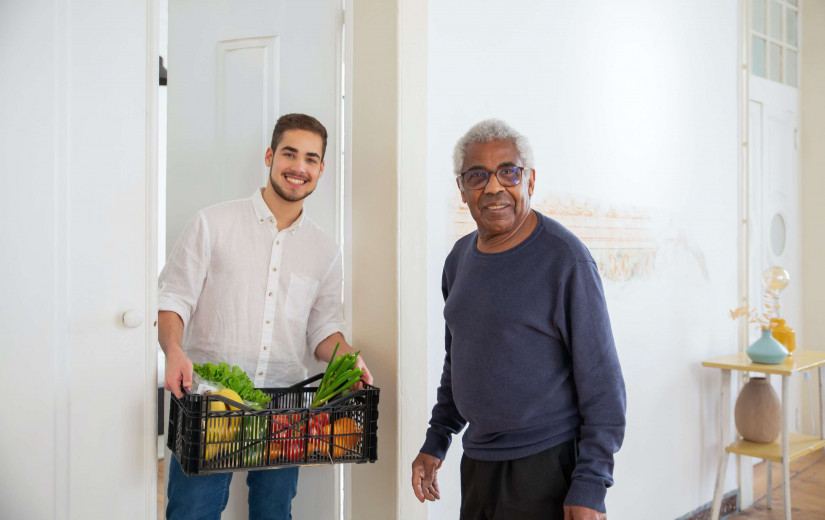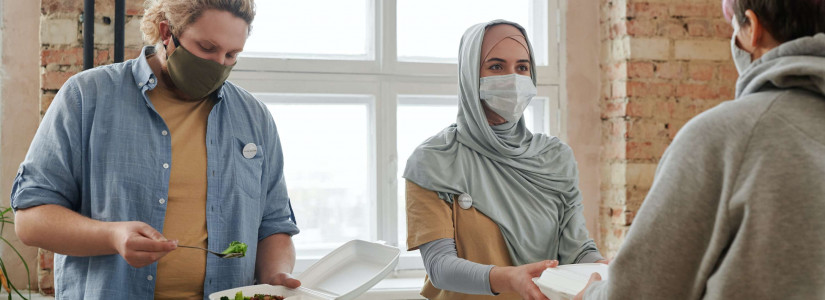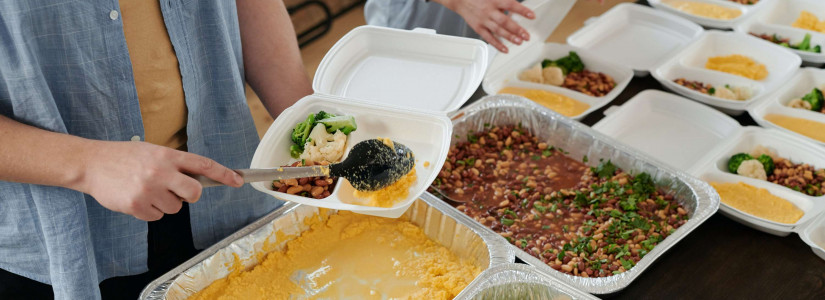COVID-19 Have You Exercising with a Mask? Here is What You Need to Know
While most gyms and outdoor recreational areas have opened their doors back up to guests wanting to work up a sweat, many of these places understandably still have mask mandates in place. This means that exercise enthusiasts are going to need to navigate how to wear a mask while still getting the most out of their workout. Here is what you need to know about wearing a mask while exercising.
Safety of Wearing a Mask While Working Out
Many people have expressed concern about the safety of wearing a facial covering while working out. While it may seem like this mask may restrict your breathing, studies have not shown this to be the case. Recent research has demonstrated that your respiratory rate, oxygen level, and blood pressure are not significantly affected if you wear a mask during this type of activity. This applies to both moderate and more strenuous forms of activity.
The exception to this rule would be individuals who suffer from various types of chronic lung disease, including pulmonary hypertension, chronic obstructive pulmonary disease, and mesothelioma. Your healthcare provider will be a good resource if you are concerned about how your underlying health conditions may affect how you are able to handle wearing a mask during exercise.
Focusing on Endurance Over Intensity
Medical experts agree that this is the time to focus on endurance rather than intensity, especially when first starting out with your mask during exercise. You may need to build up your tolerance to wearing the mask while working up a sweat. This is not the time to run sprints if you have not yet been acclimated to the facial covering.
Instead, you should focus on building endurance while wearing the mask. For example, rather than focusing on getting faster on your daily runs, shift that focus to being able to run for longer periods of time. Once you get used to the mask being your constant companion out on a run, you can then move your priorities to focus on building your intensity.
Experiment with Different Masks
What type of mask works best for you is a highly personal preference. The best course of action is to experiment with a few different types of fabrics and styles to find the one that makes you the most comfortable. The best face mask will fit well so that it is actually effective in protecting you from COVID-19. It should also be breathable so that your breathing does not feel constricted when your heart rate gets up there.
Additionally, you need to make sure that the mask does not get wet and tear when you begin to breathe heavily or sweat. For example, while some people prefer a paper surgical mask for everyday use, they may like a cloth mask for working out. There are many masks that are made with wicking materials to pull moisture away.
How Performance is Affected
The good news is that new research also shows that performance is not significantly affected when wearing a facial covering. While there may be a learning curve in finding the best mask for your needs and preferences, once you have settled on an option, you should not see any decrease in your peak performance or endurance.
When to Take a Break
It is also important to know the signs that tell you that you should take a break. Dizziness and lightheadedness are sure signs that you need to stop the activity. Significant shortness of breath beyond what you usually experience when exercising hard is another signal to take a break. Other people may experience headaches if the mask is not fitted properly.
If you experience any of these symptoms, you need to stop exercising immediately. Remove yourself from others so that you can safely remove your mask. Practicing some deep breathing exercises will help you to catch your breath.
Although you may feel uncomfortable or awkward when you first wear a mask, it will soon feel like a habit to you. The most important thing is to protect yourself and others from COVID-19 while still making an effort to boost your physical and mental health through regular exercise.

















